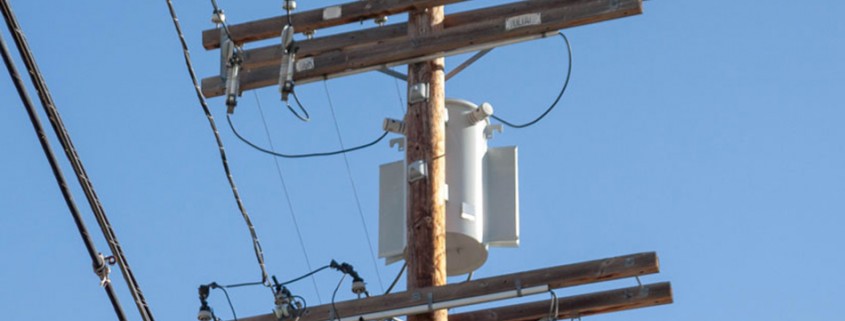Students divided over potential power rate hikes
The Los Angeles Department of Water and Power recently announced a potential increase in power rates by up to 24 percent over the next five years, pending a vote by the L.A. City Council in the near future.
The LADWP’s rate change plan involves increasing prices gradually over time by a few percentage points each year. By slowly increasing rates, consumers will not bear the full brunt of rate hikes all at once, according to the LADWP.
L.A. Mayor Eric Garcetti recently expressed his support for the proposal, saying that the increases will allow the LADWP to modernize infrastructure, transition to more sustainable energy sources, and provide higher quality customer service.
“Over the next 15 years, LADWP will be replacing 70 percent of its existing power supply to meet state mandates, fight climate change and fund the energy efficiency programs that enable customers to lower their bills even as rates rise,” Garcetti said in a statement.
Students have reacted in various ways to the new proposals, with some claiming that the rate increases are unnecessary and will seriously impact their budgets.
“The power rate increases will just add to my living expenses, and rent is already ridiculous,” said Tufan Nadjafi, a sophomore majoring in public relations. “It will affect students immensely over the next five years.”
Other students thought the power rate increases could be justified based on the proposed plans to increase sustainability and customer service quality.
“Honestly, if we end up paying $12 more each month, it won’t make that much of a difference for me,” said Sarahbelle Selig, a sophomore majoring in international relations. “If that’s what they need to do to supply better service, I think it’s worth it.”
How much power bills will increase per year largely depends on individual levels of power consumption. For example, low-use residential consumers can expect an 18 percent increase in their monthly bills over the next five years, while high-use residential customers may experience rate increases as high as 24 percent per month, according to the LADWP website. For a typical residential consumer, these percentage increases translate to about $6-12 more per month in electricity costs or about $75-150 more per year.
The LADWP stresses that the additional revenue gained from these rate increases will be effectively allocated toward meeting sustainability and reliability goals and mandates. Should the Los Angeles City Council vote to enact the rate hikes, an estimated $4.5 billion will be spent over the next five years to modernize infrastructure to increase reliability and efficiency. Another $6.2 billion will be put towards clean energy goals, which include generating a third of our electricity from renewable sources by 2020 and completely eliminating coal-fired power plants by 2024.
The proposal also aims to make significant customer service enhancements, improving the overall customer experience. Increasing the timeliness of bills and maintenance is a priority, as well as creating self-service options to boost efficiency.
Garcetti highlighted the necessity and urgency of these comprehensive changes in the statement.
“After five years of rate increases, the typical residential customer would see a $6-12 increase in their monthly bill,” Garcetti said. “The price of inaction would be much higher than this.”
Voting on the proposal is expected within the next two months, and upon passage the first rate hikes will likely be implemented in April.

